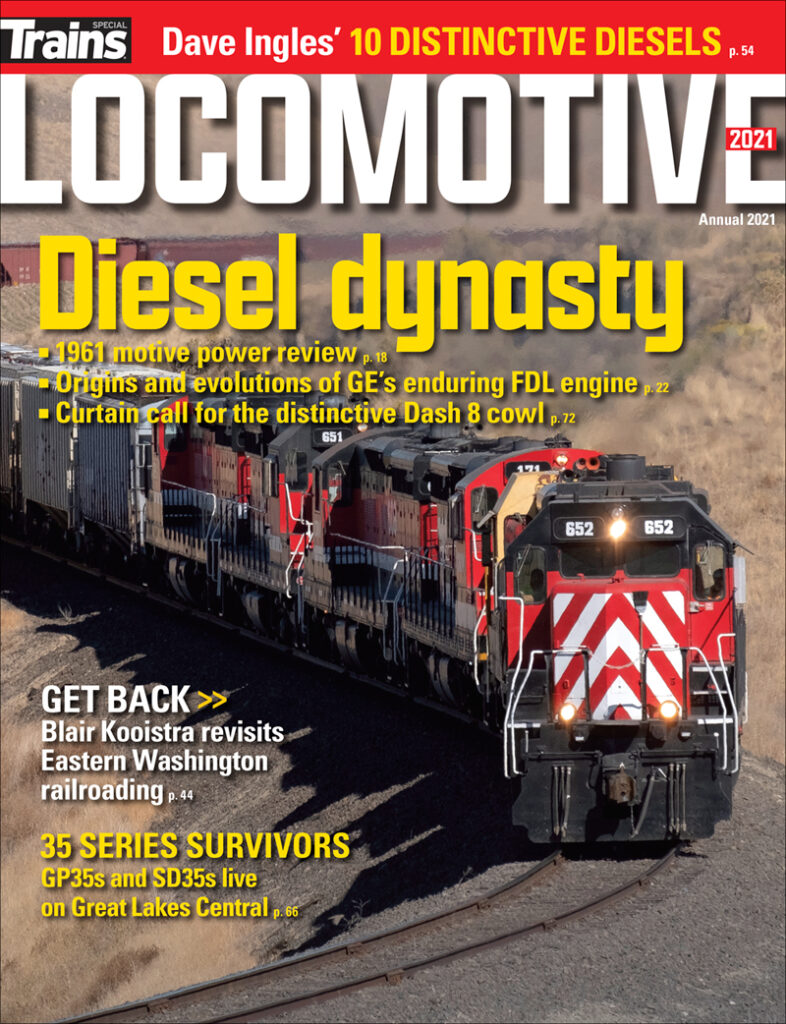
Locomotive 2021 returns with the most comprehensive and up-to-date coverage of motive power trends, new locomotive production, rebuilds, and other changes in North American fleets. This year’s edition also pays tribute to the GE FDL engine. Plus, you’ll find compelling photography and locomotive stories from industry insiders. Don’t miss the best locomotive guide of the […]
Read More…
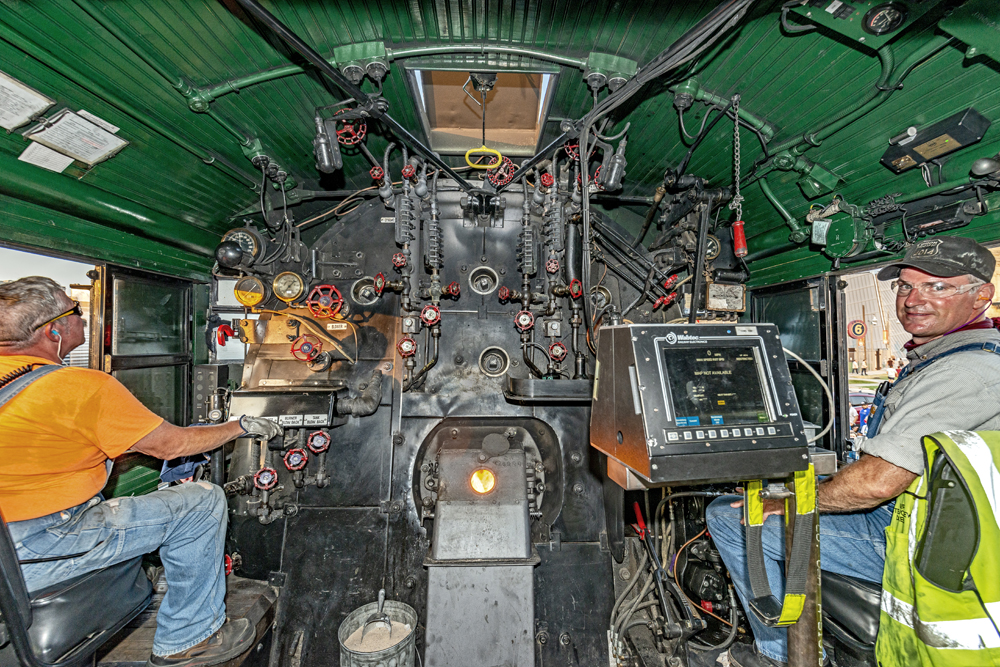
Union Pacific Big Boy differences from its 2019 tour are subtle, but you can still see them. Here are some of the most visible changes to the engine that you can spot as the engine rolls by or during one of its display stops. Big Boy cylinder head and piston head covers Big Boys had […]
Read More…
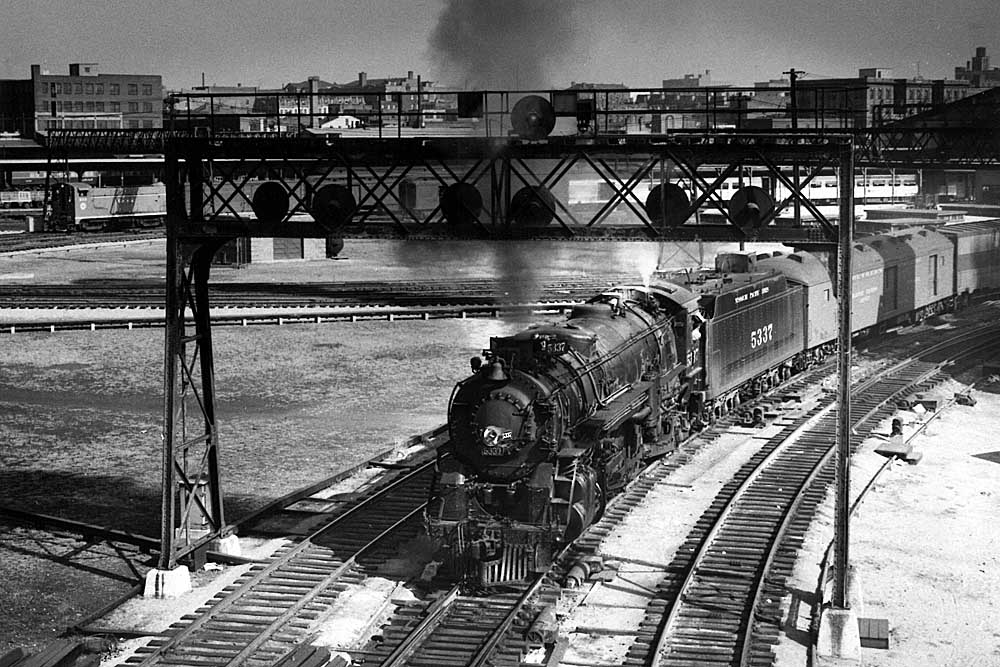
These are the steam locomotives on Big Boy’s 2021 route. In August and September 2021, Union Pacific Big Boy No. 4014 will travel from Cheyenne, Wyoming, to New Orleans through Kansas, Missouri, Arkansas, Texas, Oklahoma, and Louisiana, among other places. Classic Trains offers this photo gallery of steam locomotives from railroading’s high-period, showcasing those […]
Read More…
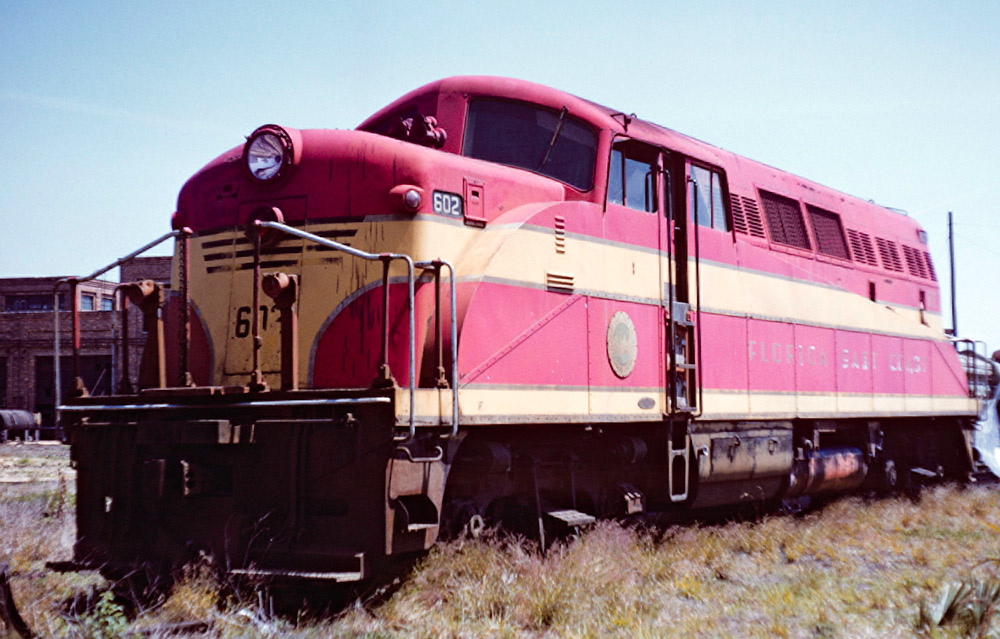
The BL2 was a mistake at diesel locomotive leader EMD EMD’s BL2 diesel locomotive was a mistake of historic proportions. During the 1930s and ’40s — when diesel-locomotive sales grew from smoldering embers to white-hot inferno — Electro-Motive Corp. (after 1940, General Motors’ Electro-Motive Division) seemingly could do no wrong. With the technical and marketing […]
Read More…
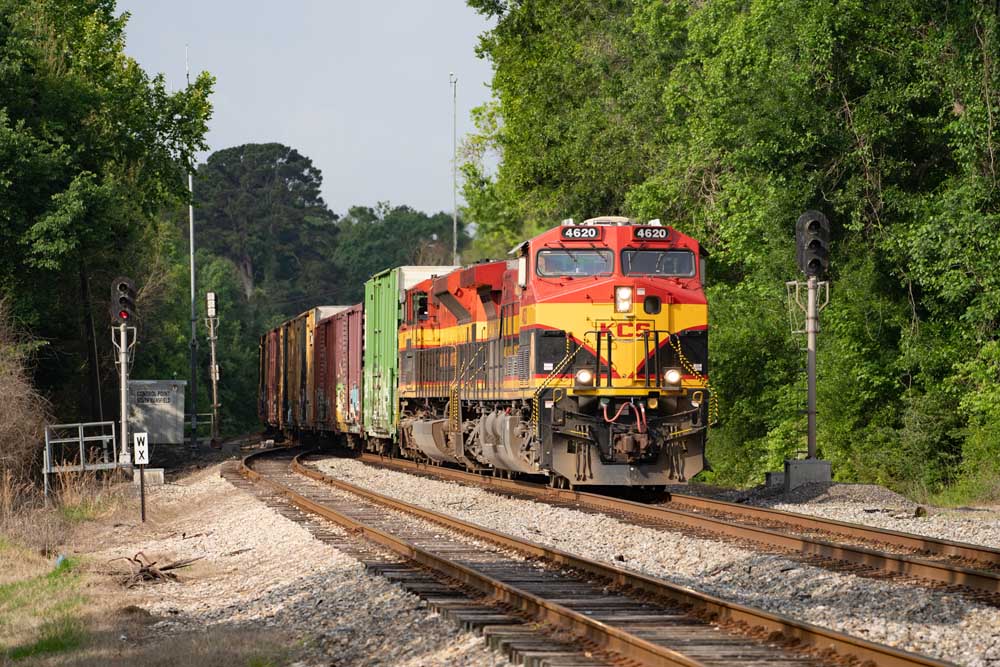
Mergers or acquisitions of two or more railroads always bring a blending of motive power rosters. Kansas City Southern, like all Class I railroads today, relies on its fleet of A.C. (alternating current) traction locomotives for most of its operations, similar to both Canadian National’s and Canadian Pacific’s motive power philosophies. Kansas City Southern’s grade-intensive […]
Read More…

You have to be tough to survive the railroad. Just look at any train crew, mechanic, or switchman. Just look at any piece of motive power or rolling stock. Just look at this trio of Western Pacific diesel locomotives awaiting their next call to duty in this Stockton, Calif., roundhouse scene in August 1965. […]
Read More…
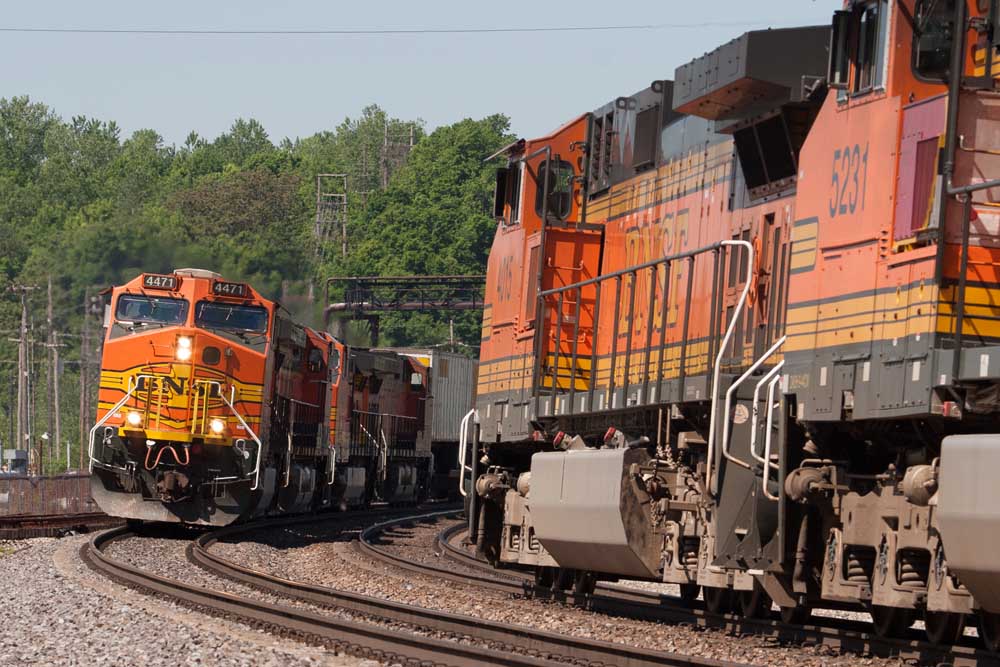
General Electric’s 4,400 hp C44-9Ws were, by far, the most popular D.C. traction locomotives the company every produced, with almost 3,600 copies built for North American customers. Sales began in the early 1990s just as A.C. traction was taking hold in the industry. Many railroads were still either wary of the new A.C. technology and […]
Read More…
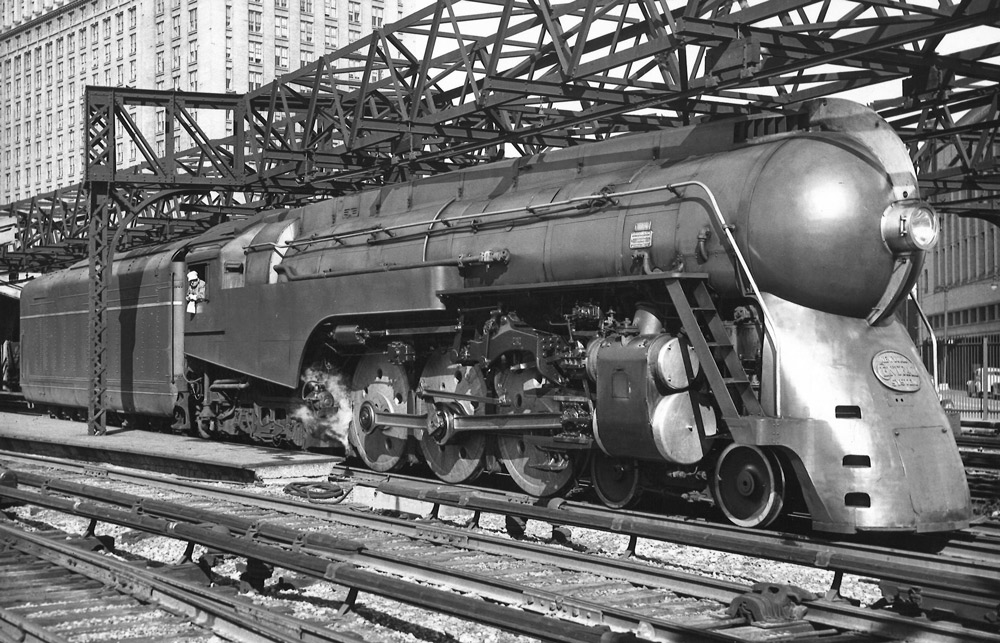
New York Central’s 275 4-6-4 Hudson-type engines are among the most celebrated of all steam locomotive classes. As the top passenger power of one of the most passenger-oriented railroads from the late 1920s to the early 1950s, the J-1, J-2, and J-3 classes were in the public eye like few other groups of engines. That […]
Read More…

Locomotive builders use model designations to differentiate between products, describing major features found on them. Often, these model designations will be used by the railroads who purchase them, or they will be shortened or modified to conform to space limitations on a computer system, uniform naming schemes, or to identify features that are important to […]
Read More…
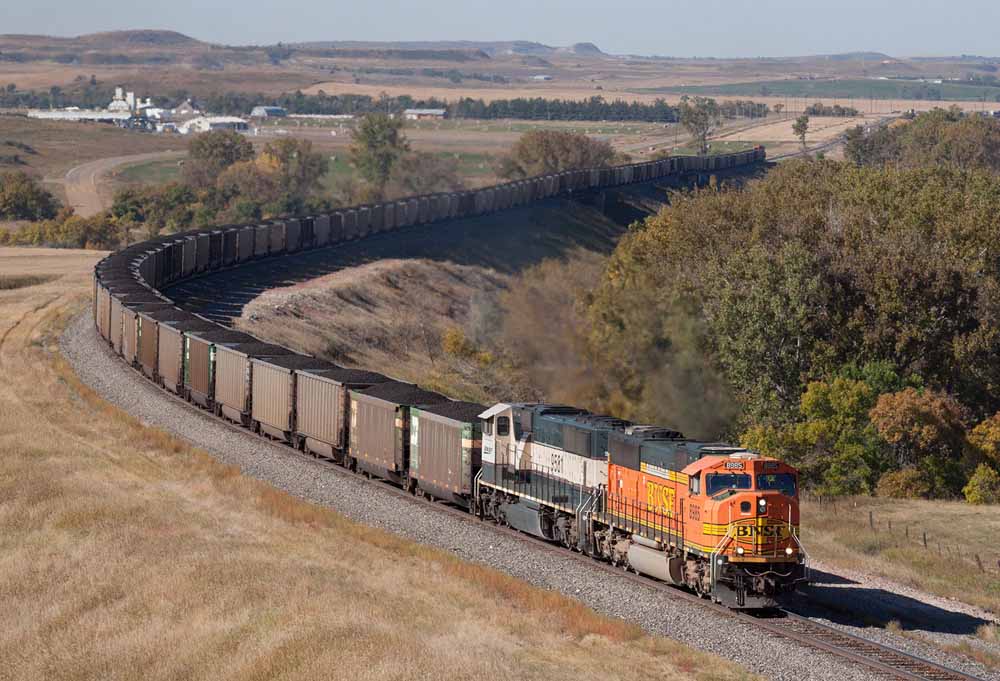
The 1990s were a decade of change for the rail industry. One of the biggest changes was ushered in by the introduction of the EMD SD70MAC diesel locomotive. The transformation of railroad rosters from D.C. traction locomotives to A.C. traction began, and the results have revolutionized railroads big and small. EMD’s SD70MAC was the first […]
Read More…

A busy CSX main line, the former Baltimore & Ohio continues its mountain railroad ways […]
Read More…
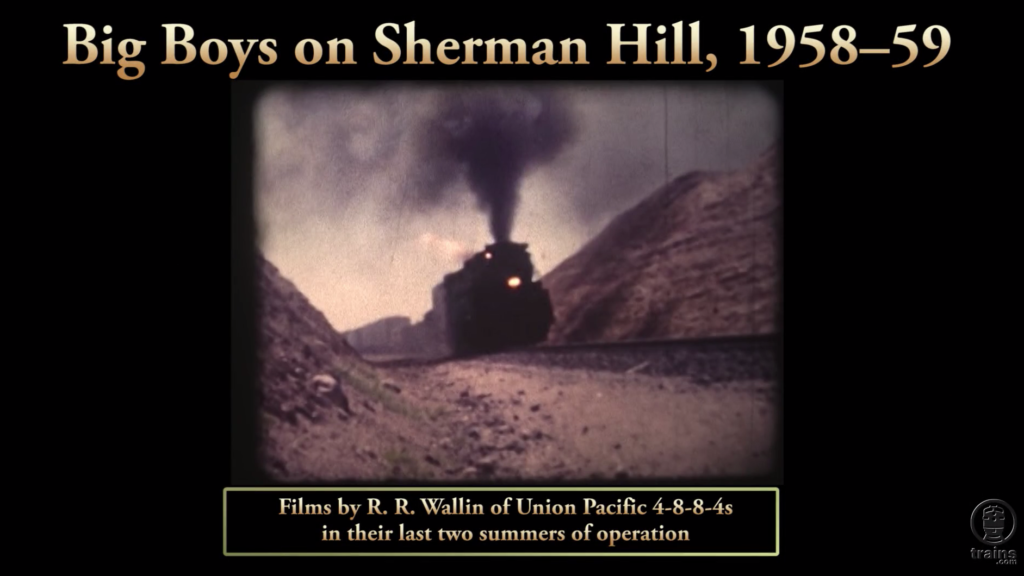
R. R. Wallin was trackside in Wyoming with his 8mm movie camera to capture Big Boys in their final two summers of service. […]
Read More…












